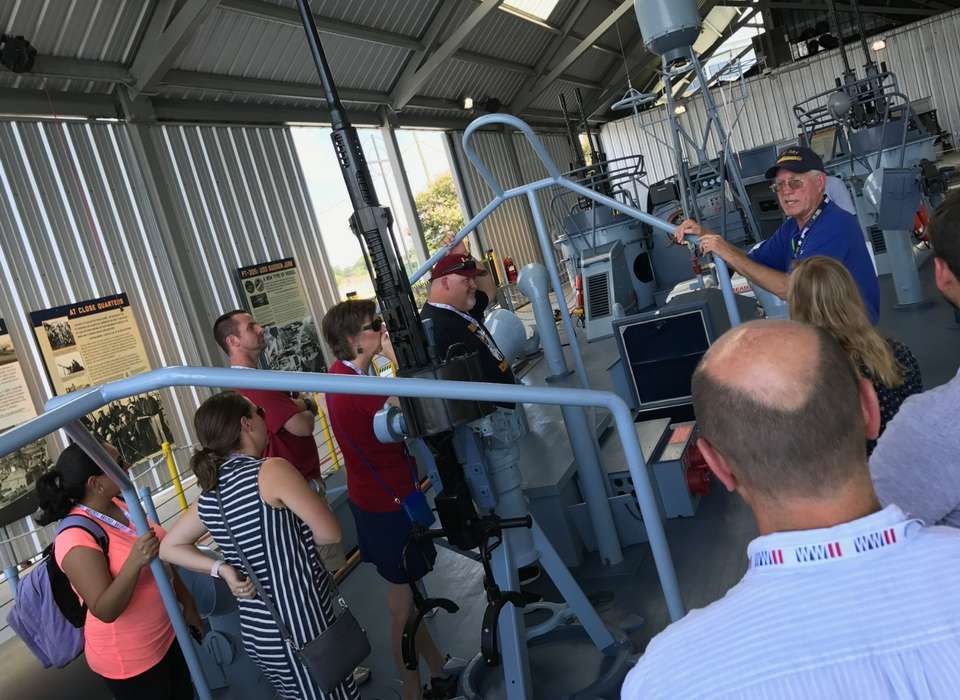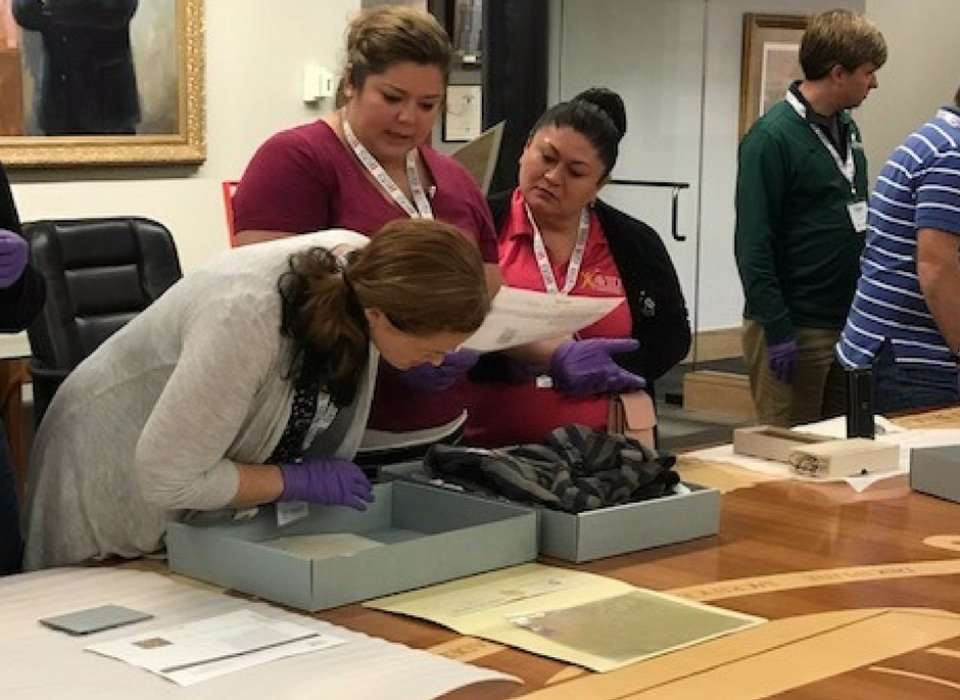Members of the second cohort of the Museum’s WWII Summer Teacher Institute—30 middle school and high school educators—have arrived in New Orleans to study the war in Europe with historian Donald L. Miller, PhD. Each teacher is provided a Museum-created curriculum guide in exchange for a commitment to share its content and the lessons they’d learned with other teachers in their hometown. So far, those lessons have been shared with more than 1,000 teachers by members of the Institute’s inaugural class—Team Pacific, studying World War II in the Pacific with author Richard B. Frank—who recently returned from Hawaii where they completed their year of participation in the program. Team Europe will reconvene next summer for a week of study in Normandy, France.
Members of Team Europe are filing daily dispatches about their experiences at the Institute. Here’s a Day Three report from Robby May, a high school teacher in Cumberland, Maryland:
One of the greatest things that we can do as history teachers is allow our students to get their hands dirty with history, because when you do that, an incredibly rich learning experience happens. That is exactly what has set this professional learning experience apart from a traditional professional-development opportunity. On Day Three of the Institute, we continued to dive into history by getting our hands dirty—this time on the deck of PT-305.
After a fascinating morning discussion with historian Donald L. Miller, PhD, about the impact of bombers during World War II, we headed out to a boathouse on Lake Pontchartrain where the Museum’s newly unveiled, fully restored patrol-torpedo boat awaited us. As we explored the deck, we learned the important role these boats played in the war and the legacy they left. Our journey back in time didn’t stop there. We felt as though we had walked back into the 1930s when we entered the doors to the terminal at nearby New Orleans Lakefront Airport.
For many, our distance from the Museum makes it impossible to bring our students here. However, as we learned today, the Museum has a rich selection of digital resources that allow teachers to bring its collection to our classrooms. One of the most fascinating collections is digitized high school yearbooks form the 1940s, which we also explored today.
Visit ww2classroom.org to see WWII Summer Teacher Institute curriculum guide content.


